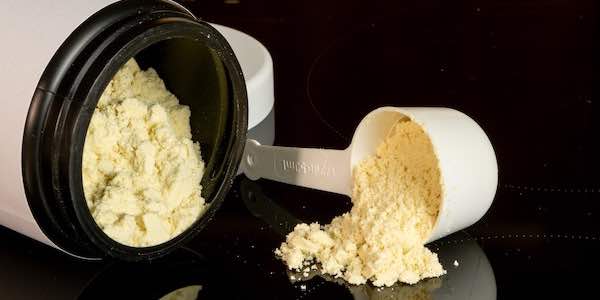With all of the choices out there in the market, how do we go about picking the perfect bar? Let this guide remove any confusion on what you are looking for when choosing one of these protein gems.
The 6 things to consider
Calories – Anywhere from 150-300. These are space fillers, something to tide you over til your next meal or something to eat in a pinch. They are not meal replacements. Pending on your macros, would you like to eat a 6oz. grilled chicken breast with 1/2 cup rice and veggies or a 600 calorie bar? Believe it or not, there is more calories in this bar than in the aforementioned meal! Be careful when choosing these protein sensations
Protein – Anywhere from 15 -30 grams depending on what your daily protein allotment is. Try to get the protein from a dairy source (whey isolate, concentrate) rather than a soy source if possible or a Vegan source (brown rice, pea isolate)
Sugars – The general rule of thought here is no more than 3g. of processed sugar to 100 calories. Try to avoid all processed sugars if possible and look for natural sources like honey and agave. These bars may have a much higher sugar content but a much lower impact on blood sugar. The less insulin spike, the less “sugar crash” and much more clear thinking along with a lower inflammatory response throughout the body
Sugar Alcohols – These are sugars that were created to not spike blood sugar (ideal for diabetics, people with a high A1C but still consult with your physician). Sugar alcohols are still sugars and should be limited as much as processed sugars. Warning : Sugar Alcohols may induce bloating and severe stomach discomfort)
Carbohydrates – Anywhere from 15 – 30g. depending on your daily carbohydrate allotment. Make sure the carbohydrates are coming from a real food source, oatmeal, fruit, etc… not maltodextrin or flours
Fiber – Anywhere from 4- 10g. – Fiber will help control blood sugar and keep you satiated until your next meal
Our suggestion
Outright Bars – Made from 7 whole food ingredients :
- Peanut Butter/Almond Butter(not available yet)
- Oatmeal
- Honey
- Whey Isolate/Concentrate
- Chocolate Chips, Raisins, Cranberry (3 flavors available)
- Cocoa, White Chocolate (differs by flavors)
- Natural Flavors

Frequently Asked Questions (FAQs)
What are my protein needs, and how do I factor them into choosing a bar?
The range mentioned (15-30g) is a starting point. You can consider 1 gram of protein per pound of body weight for moderately active adults, but consult a healthcare professional for personalized needs.
What if I have dietary restrictions (gluten-free, vegan)?
Look for bars with certifications (gluten-free, vegan) on the label. Alternative protein sources include pea protein for vegans.
What are some artificial ingredients/additives to avoid?
While sugar is important look out for, also be wary of artificial sweeteners, excessive sugar alcohols, artificial flavors, and colors. Prioritize whole food ingredients.
How can I tell if a protein bar is high-quality?
Look for protein sources like whey isolate (over concentrate), whole food carbs (fruits, oats), and limited processed sugars/sugar alcohols.
Are protein bars a good pre/post-workout option?
For pre-workout, consider bars with higher protein (20-30g) and some complex carbs. For post-workout recovery, choose bars with protein and simple carbs.
Can protein bars replace whole meals?
Protein bars are best as snacks between meals. A balanced meal provides essential micronutrients and fiber that bars may lack.







